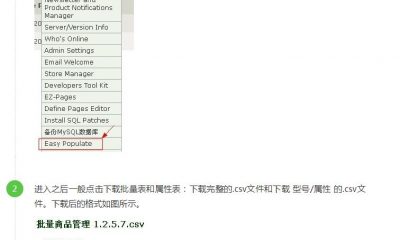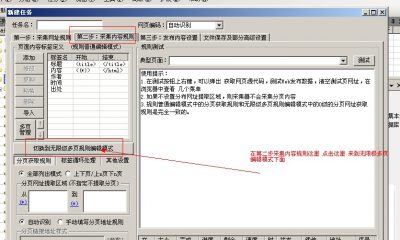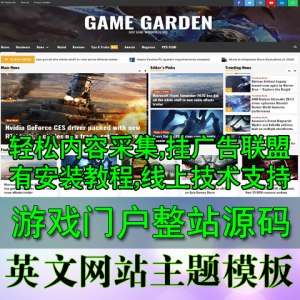Android为我们提供了一个很好用的网格控件GridView,它的另外一种实现Google在提供PSDK时包含了一个简单的例子,大家一起来看看吧: 对于还不熟悉Android平台控件子类化的网友可以看看其具体实现的方法,主要是构造时提供了初始化资源、计算控件的尺寸和位置measure相关的处理,大家本次需要注意的是这个固定的Gird是从ViewGroup派生,没有实现onDraw,注意下面的onLayout方法,完整代码如下
public class FixedGridLayout extends ViewGroup {
int mCellWidth;
int mCellHeight;
public FixedGridLayout(Context context) {
super(context);
}
public FixedGridLayout(Context context, AttributeSet attrs) {
super(context, attrs);
TypedArray a = context.obtainStyledAttributes(
attrs, R.styleable.FixedGridLayout);
mCellWidth = a.getDimensionPixelSize(
R.styleable.FixedGridLayout_cellWidth, -1);
mCellHeight = a.getDimensionPixelSize(
R.styleable.FixedGridLayout_cellHeight, -1);
a.recycle();
}
public void setCellWidth(int px) {
mCellWidth = px;
requestLayout();
}
public void setCellHeight(int px) {
mCellHeight = px;
requestLayout();
}
@Override
protected void onMeasure(int widthMeasureSpec, int heightMeasureSpec) {
int cellWidthSpec = MeasureSpec.makeMeasureSpec(mCellWidth,
MeasureSpec.AT_MOST);
int cellHeightSpec = MeasureSpec.makeMeasureSpec(mCellHeight,
MeasureSpec.AT_MOST);
int count = getChildCount();
for (int index=0; index<count; index++) {
final View child = getChildAt(index);
child.measure(cellWidthSpec, cellHeightSpec);
}
// Use the size our parents gave us
setMeasuredDimension(resolveSize(mCellWidth*count, widthMeasureSpec),
resolveSize(mCellHeight*count, heightMeasureSpec));
}
@Override
protected void onLayout(boolean changed, int l, int t, int r, int b) {
int cellWidth = mCellWidth;
int cellHeight = mCellHeight;
int columns = (r – l) / cellWidth;
if (columns < 0) {
columns = 1;
}
int x = 0;
int y = 0;
int i = 0;
int count = getChildCount();
for (int index=0; index<count; index++) {
final View child = getChildAt(index);
int w = child.getMeasuredWidth();
int h = child.getMeasuredHeight();
int left = x + ((cellWidth-w)/2);
int top = y + ((cellHeight-h)/2);
child.layout(left, top, left+w, top+h);
if (i >= (columns-1)) {
// advance to next row
i = 0;
x = 0;
y += cellHeight;
} else {
i++;
x += cellWidth;
}
}
}
}
调用的方法也很简单,我们在Activity的onCreate中这样写即可。
@Override
public void onCreate(Bundle savedInstanceState)
{
super.onCreate(savedInstanceState);
setContentView(R.layout.main);
FixedGridLayout grid = (FixedGridLayout)findViewById(R.id.grid);
grid.setCellWidth(80);
grid.setCellHeight(80);
}
涉及到的资源如下: \res\values\attrs.xml 文件内容为
<resources>
<declare-styleable name="FixedGridLayout">
<attr name="cellWidth" format="dimension" />
<attr name="cellHeight" format="dimension" />
</declare-styleable>
</resources>
而main.xml的内容为
<?xml version="1.0" encoding="utf-8"?>
<com.android123.myGridView.FixedGridLayout
xmlns:android="http://schemas.android.com/apk/res/android"
xmlns:app="com.android123.myGridView"
android:id="@+id/grid"
android:layout_width="match_parent"
android:layout_height="match_parent"
app:cellWidth="80dp"
app:cellHeight="100dp"
>
<ImageView
android:layout_width="wrap_content"
android:layout_height="wrap_content"
android:src="@drawable/icon"
/>
<ImageView
android:layout_width="wrap_content"
android:layout_height="wrap_content"
android:src="@drawable/icon"
/>
<ImageView
android:layout_width="wrap_content"
android:layout_height="wrap_content"
android:src="@drawable/icon"
/>
<ImageView
android:layout_width="wrap_content"
android:layout_height="wrap_content"
android:src="@drawable/icon"
/>
<ImageView
android:layout_width="wrap_content"
android:layout_height="wrap_content"
android:src="@drawable/icon"
/>
<ImageView
android:layout_width="wrap_content"
android:layout_height="wrap_content"
android:src="@drawable/icon"
/>
</com.android123.myGridView.FixedGridLayout>
那么很多网友要问了,这个GridView的内部元素在那里,这里例子懒省事直接在main.xml中往ViewGroup手动加入ImageView实现n宫格的方法,Android123需要提醒网友的是,默认情况下Android的GridView要比这个复杂得多,因为还需要绑定Adapter以及处理很多细节,是从AbsListView派生的,而非本例的ViewGroup,这里仅给大家另外一种思路去实现想要的功能。




























RSS